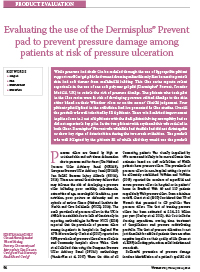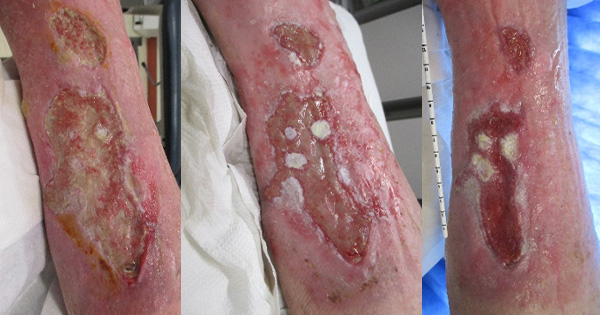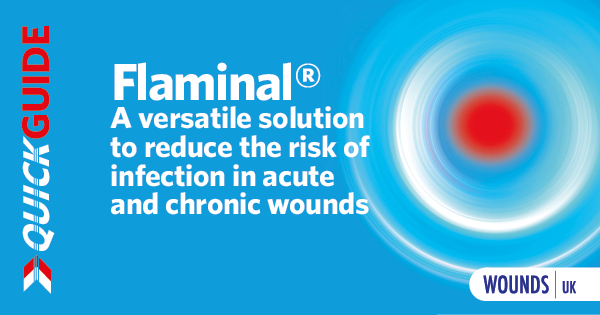Pressure ulcers are caused by high or sustained skin and soft tissue deformation due to pressure and/or shear (The National Pressure Ulcer Advisory Panel (NPUAP), European Pressure Ulcer Advisory Panel (EPUAP) Pan Pacific Pressure Injury Alliance (PPPIA), 2014). There are several contributory factors that may increase the risk of developing a pressure ulcer including poor mobility, incontinence, extremities of age, neurological conditions, poor nutrition, poor posture or deformity and an episode of serious illness (National Institute for Health and Care Excellence (NICE), 2014). The exact prevalence of pressure ulcers in the UK is difficult to establish due to lack of consistency in reporting methodologies however NICE (2014) reported that the prevalence of pressure ulcers among in-patients in hospitals in England was 4.7%. More recently Clark et al (2017) reported an 8.9% prevalence of pressure ulcers across all acute and community hospitals across Wales. Clark et al collected data using the European Pressure Ulcer Advisory Panel (EPUAP) methodology (Vanderwee et al, 2007) where the skin of all consenting patients was visually inspected by two nurses and is likely to be more accurate than estimates based on staff recollection of which patients have pressure ulcers. The prevalence of pressure ulcers in non-hospital settings is yet to be accurately established. Vowden and Vowden (2009) reported the numbers of superficial and severe pressure ulcers in hospital or in patients’ home in Bradford with 40 and 115 patients respectively with pressure ulcers. From a database review, Guest et al (2015) considered that 7% of wounds that presented to GP practices were pressure ulcers. The cost of treating pressure ulcers has been estimated at £1.4–2.1 billion per year (Dealey et al, 2012), this cost includes dressing expenditure, nursing time, treatment of complications and pressure redistributing products. The cost of pressure ulceration is not just financial; for affected patients there are often negative impacts on their quality of life (Essex et al, 2009) including pain, odour, social isolation and even death.







